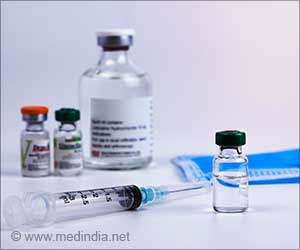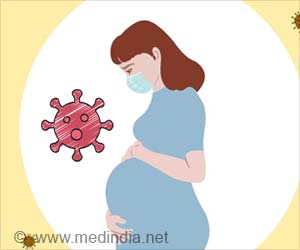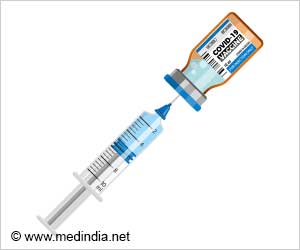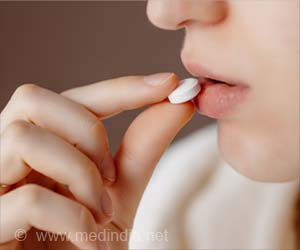High-dose steroids or different oxygenation strategies did not significantly change the mortality of patients with COVID-19 and acute hypoxemic respiratory failure (AHRF).

‘High-dose steroids for COVID-19 patients hospitalized either requiring simple oxygen or no oxygen, may increase the death compared with usual care.’





The new study conducted by the RECOVERY Collaborative Group had already identified that low-dose corticosteroids reduce mortality for patients with COVID-19 requiring oxygen or ventilatory support.Since May 2021, the RECOVERY trial has evaluated the use of a higher dose of corticosteroids in this patient group. However, in May 2022, the independent Data Monitoring Committee advised that this treatment assessment be stopped for those patients receiving oxygen alone or with no breathing support.
Effects of High-Dose vs Low-Dose Steroids in Patients with Severe COVID-19 Infection
The trial continues to study the effects of high-dose corticosteroids for those needing non-invasive or invasive mechanical ventilation. Eligible and consenting adult patients with COVID-19 and clinical evidence of hypoxia were randomly allocated (1:1) to either usual care with higher dose corticosteroids. The primary outcome was 28-day mortality among all randomized participants.Between May 25, 2021, and May 13, 2022, 1272 patients with COVID-19 and hypoxia receiving no oxygen (eight [1%]) or simple oxygen only (1264 [99%]) were randomly allocated to receive usual care plus higher dose corticosteroids (659 patients) versus usual care alone (613 patients, of whom 87% received low-dose corticosteroids during the follow-up period).
Of those randomly assigned, 745 (59%) were in Asia, 512 (40%) in the UK, and 15 (1%) in Africa. 248 (19%) had diabetes and 769 (60%) were male. Overall, 123 (19%) of 659 patients allocated to higher dose corticosteroids versus 75 (12%) of 613 patients allocated to usual care died within 28 days – meaning a 60% increased risk of mortality for the higher dose corticosteroid group.
There was also an excess of pneumonia reported to be due to non-COVID infection in the higher-dose corticosteroid group: 64 cases (10%) vs 37 cases (6%); and an increase in hyperglycemia (high blood sugar episode) requiring an increased insulin dose: 142 [22%] vs 87 [14%].
Advertisement
It remains unclear whether using a higher dose of corticosteroids is beneficial among patients requiring non-invasive or invasive ventilation—the RECOVERY trial continues to study this.
Advertisement
Source-Eurekalert















